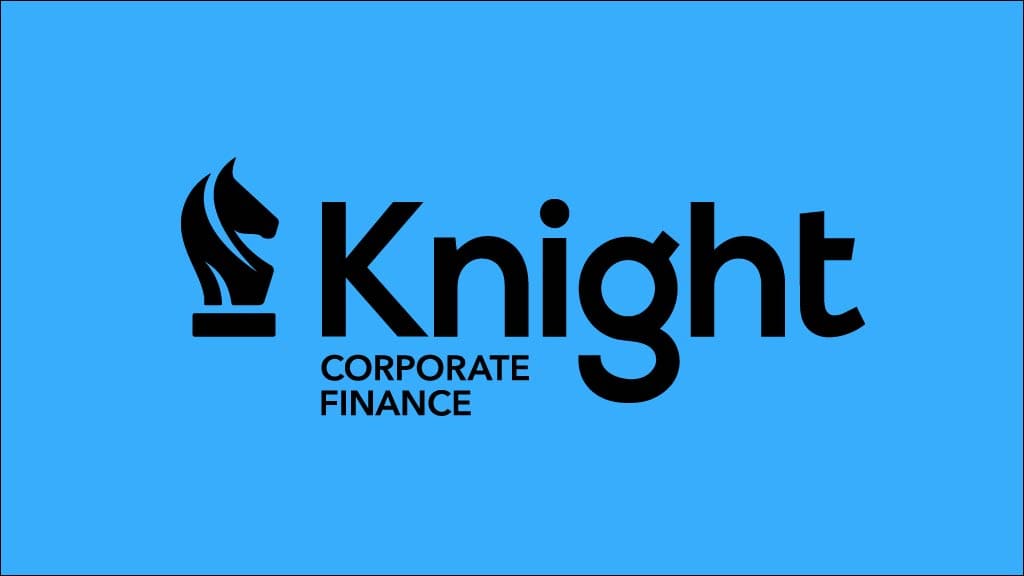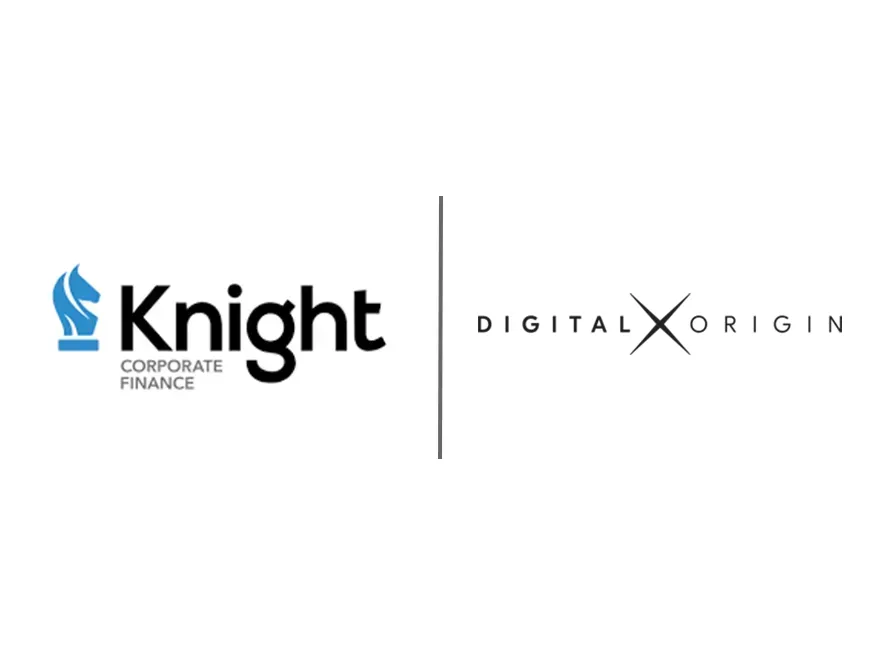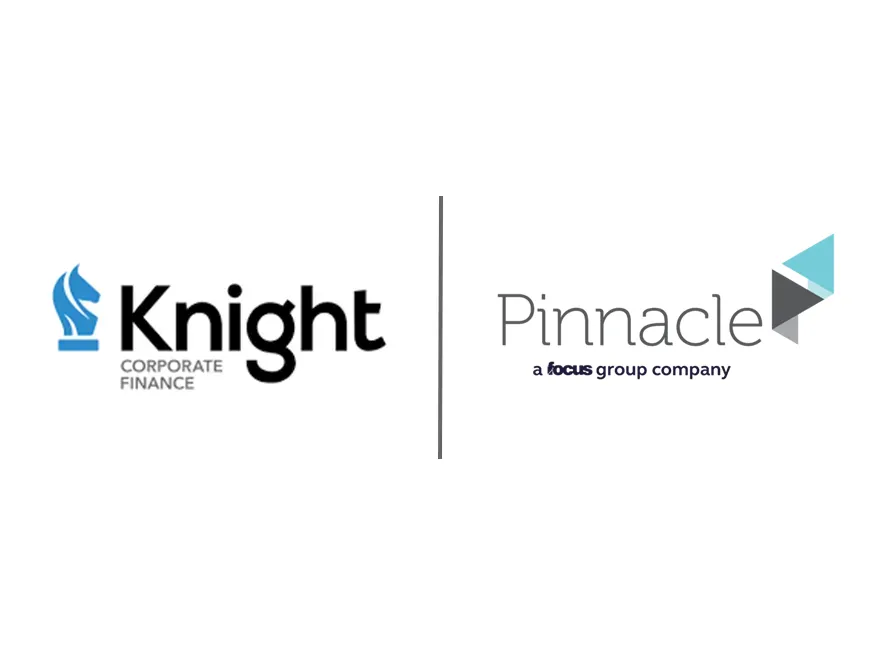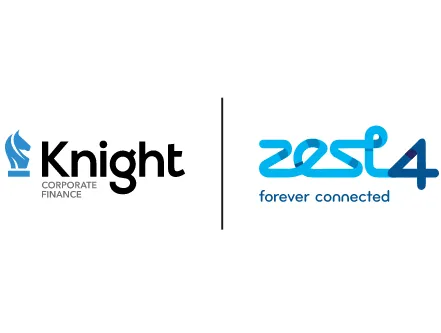
Starting an M&A boutique at the end of 2008, the year of the financial crisis, was a ridiculous idea, but our first year was incredibly successful and laid the groundwork for the business we are today, writes Adam Zoldan, Director at Knight Corporate Finance.
Over the course of the last 14 years we have seen the number of acquirers, and the level of transaction activity, increase relentlessly, but with the rise of inflation and increasing interest rates how could this affect your business ambitions?
Inflationary price increases are affecting all of us, and some businesses are certainly more at risk, particularly those with high power requirements and high levels of debt and, with a weakened pound, importers of raw materials.
As things stand, it does seem unavoidable that the number of insolvencies will rise. However, the Comms and IT channel has got proven form in succeeding during uncertain times. Even at the height of the financial crisis, business failures in our sector were remarkably low. Furthermore, as we saw during Covid, business reliance on the services the channel provides have become more critical than ever and high levels of recurring revenue offer genuine protection from these economic issues.
Those with exposure to the debt markets are likely to experience the biggest impact. The cost of leasing will increase and we note that the biggest failures in 2008/2009 were those companies exposed to the leasing market. However, the financial crisis then was due to the complete absence of funding rather than the ‘relatively milder’ increase in the cost of funding we are seeing today.
From our perspective, it is a concern that most acquisitions are funded by debt. This means acquisitions have immediately become more expensive for buyers and in theory, this should impact the price they are able to pay.
Furthermore, with some acquirers carrying very high levels of debt – perhaps in excess of five times their profit – we could see the number of buyers dwindle and reduce the level of competition for acquisitions. I have taken the time to discuss the potential impact and outlook with buyers and funders. Of the three banks I spoke to, there is certainly no panic, and all went to lengths to convince me their doors remain truly open, albeit with higher ticket prices.
On speaking with acquirers, they generally appear well prepared. The more sophisticated parties have taken positions to hedge the increase in costs, whilst for others, with organic growth becoming more expensive, acquisitions are the most effective route to hitting their business plan. In general, we are seeing no let-up in enthusiasm for further deals and valuations are remaining firm.
Key driver
Private Equity investment remains the key driver of continued M&A. Recurring revenues delivering predictable cashflows, coupled with a breadth of organic growth opportunities, provide very attractive investment criteria. Our view is the real test will come when some of the larger ‘buy-and-build’ platforms look at their own exit opportunities. These investment houses have achieved significant returns over the last couple of years when they have exited these investments and we will be closely monitoring the market to see if these can be sustained.
As a business owner, the key message here is we have not yet seen any immediate impact on activity or valuations. We are seeing buyers being more demanding in terms of due diligence so deals are taking longer, but they are being completed. If these market conditions continue, we expect average valuations may soften, but equally we expect a premium for organic growth – which remains a key factor in driving valuation multiples.
In the meantime, keep calm and carry on, ensure you are prepared in the event your perfect partner comes knocking, and if you are considering a transaction, it is more important than ever to use an experienced adviser.
Exit planning
It may be worth assessing your exit plans and your view on how the market and your business will fare over the next few years.
We expect that for some it may be worth considering accelerating the time to the exit window whilst others will batten down for the long run, or look for game-changing opportunities. It is worth noting that before the 2008 financial crisis, Daisy had revenue of less than £30m revenue but with six acquisitions, by 2010 its reports show this had grown to over to £130m.
Carpe Diem!
Would you like to make your ambitions real?







